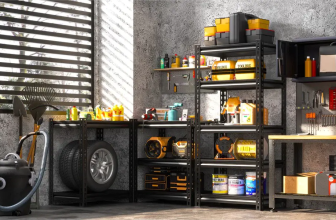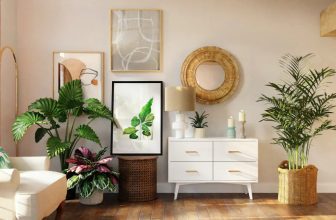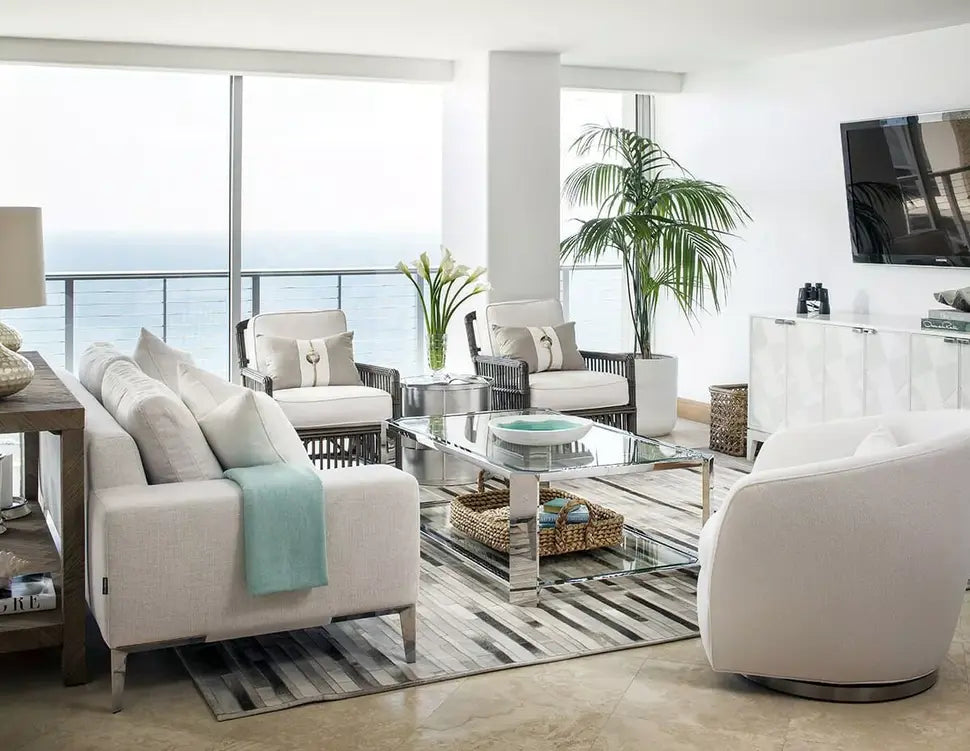
What is the inside design historical past? The previous may supply us perception and inspiration, and figuring out design historical past permits us to provide context to our visible tradition. We are able to then use what we all know from the previous to know the current and doubtlessly anticipate what we’ve coming sooner or later!
Inside design is normally seen as a inventive outlet or one thing people take pleasure in doing to make their house their very own. What it’s possible you’ll not see is the artwork and science that goes into enhancing inside areas to create not solely an aesthetically pleasing setting but in addition a useful one too.
It’s a good looking thought means of furnishings preparations, colour and texture scheming, perfected lighting, and lots of different components which can be in a position to remodel a easy house right into a harmonious and visually interesting residence.
On prime of this course of comes the importance that inside design can really have on dwelling and dealing areas. We aren’t simply speaking about adorning an area to make it look good. We’re speaking in regards to the planning that goes into optimizing performance and luxury with a facet dish of visible enchantment for the complete house. All the weather that go into inside design are what assist to create a productive setting, assist no matter actions you’re into, and look to enhance well-being.
Each nation’s inside design processes ebb and movement with the instances. From historical civilizations like Egypt to the Gothic and Renaissance of the Baroque, all the way in which to neoclassical design and into the modern types of the Twentieth century. Inside design has and can proceed to adapt to replicate the present tradition, social developments, and creative types of the time.
Nevertheless, now with social media and apps like Pinterest, we’re constantly being launched to sorts of designs and types we could have by no means even thought-about. Because the historical past of inside design is an extremely fascinating journey, it is vital to keep in mind that it strikes via time intervals. Every one bringing its personal design rules, distinctive influences and distinct aesthetics to supply folks with an area they may very well be in and revel in. Permitting for these design eras to come back again and rejuvenate our house with their distinct traits.
1. Historic Inside Design Types (3000 BCE – 500 CE)
-
Mesopotamian and Egyptian inside design
Influences of non secular beliefs and social hierarchy:
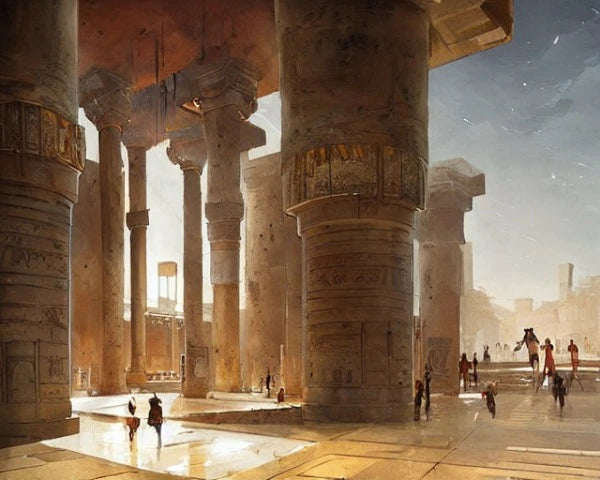
There’s considerably of a picture we’ve in our minds once we consider Mesopotamian and Egyptian inside design. Should you occur to be fascinated about thick bases and partitions, tall ceilings, beautiful carvings into exhausting stone, and sculptures located in open areas, you would be proper.
What’s most fascinating to know is simply how closely influenced their designs have been by non secular beliefs and their social hierarchy. A lot so that always the structure of their properties, decorations, and even furnishings preparations have been all dictated by non secular rituals and practices. Whereas their social standing would quantity to the extent of luxurious or embellishment introduced within the areas of their properties.
Use of ornate decorations and symbolic motifs:
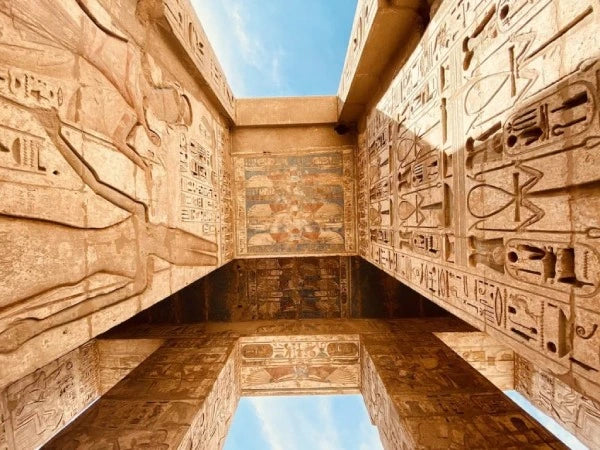
But, each very a lot utilized elaborate decorations and symbolic concepts. This meant designing the house with intricate carvings and murals, in addition to sculptures introduced on partitions and furnishings. These carvings, murals, and sculptures have been typically hieroglyphics and representations of their gods and goddesses. Because of this we’re so certain that their inside design types have been closely based mostly on cultural and non secular significance. Their incorporations have been astounding and constant all through this time.
-
Greek and Roman inside design:
Emphasis on stability, proportion, and classical structure:

Whereas Greek and Roman inside design may very well be stated to have similarities to Egyptian and Mesopotamian design, it appears to be principally inside their structure of columns and capitals. Their variations might be seen and expressed within the mentality of their explicit stylizations.
In the case of Greek and Roman inside design, we will see simply how a lot significance they positioned on stability, proportion and classical architectural rules. Areas weren’t merely designed to look good however geometric concord and superb proportions have been closely thought-about and superb. To create a visually pleasing and structurally sound inside, they created arches, massive columns and dome components.
Incorporation of frescoes, mosaics, and sculptures:

As for the inside, designs typically emphasised colours from nature, and each Greek and Roman cultures introduced in ornamental options akin to:
- Frescoes: a mural portray method with scenes of mythology, historical past, and on a regular basis life executed on moist plaster.
- Mosaic: Whereas generally used on flooring, mosaics usually use small coloured tiles to create intricate patterns, designs, and even sculptures (nonetheless seen at the moment in locations like Portugal).
- Sculptures: Most sculptures from this period depict gods, heroes, or vital figures, including a three-dimensional component to the interiors of properties.
With the mix of those three components, interiors have been in a position to be lavishly ornamental, colourful, and pleasing to the attention.
2. Medieval and Renaissance Inside Design Types (500 CE – 1600 CE)
Attribute options of Gothic cathedrals and castles:
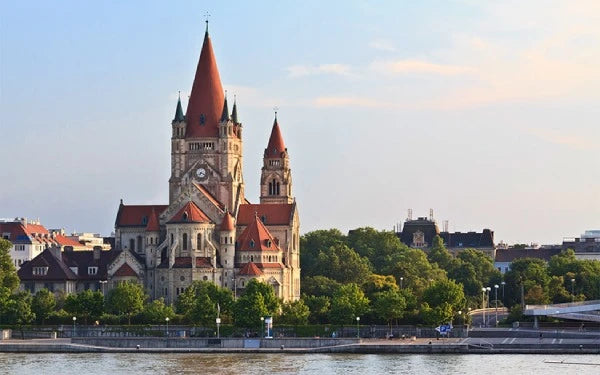
Gothic inside design is among the most fascinating inside design types that society enjoys visiting at the moment. For instance, church buildings in Milan, Barcelona, and Vienna all encapsulate the right Gothic cathedrals and castles. Even Oxford within the U.Okay. shines a lightweight on Gothic design as its college was designed within the English Gothic fashion.
Characterised by the excessive, elevated ceilings of cathedrals and durable castles, it’s the pointed arches, stained glass home windows, ribbed vaults, and stabilizing flying buttresses that draw within the crowds. When the colourful mild sifts via the biblically depicted stained glass home windows and illuminates the expansive house with heavy oak furnishings and elaborate wallpaper, we’re left with an awe-inspiring concept of what the Gothic period would have been like for these dwelling amidst it.
Decorative particulars and stained glass home windows:
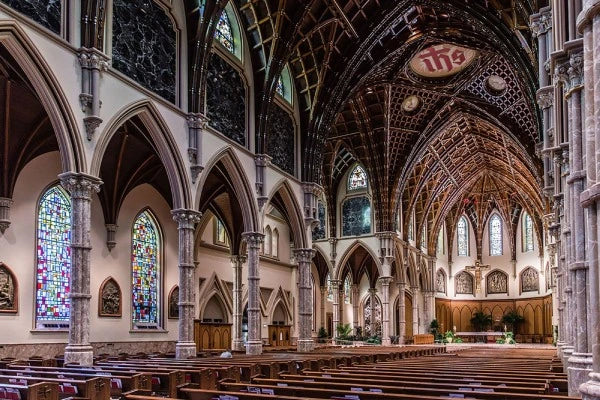
As talked about earlier, glass home windows have been typically stained with depictions of biblical scenes, creating beautiful hallmarks and colourful items of artwork that each taught and brightened up the house all through the day. Nevertheless, shifting to the inside, together with wooden furnishings, the Gothic period additionally embraced advanced decorative particulars. This included carvings, tracery, and ornamental patterns. Nothing was left plain as woodwork and stonework adorned the ceilings, partitions and furnishings of the room, charming our senses.
-
Renaissance inside design:
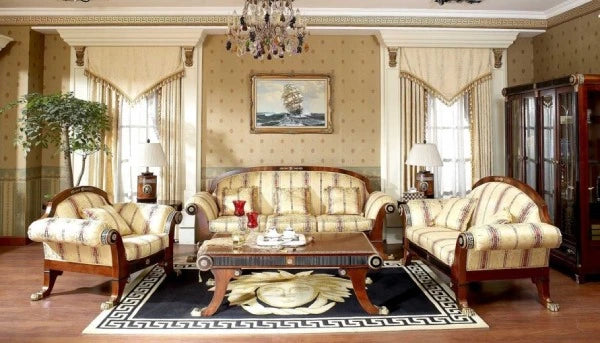
Affect of humanism and revival of classical aesthetics:
The Renaissance inside design fashion isn’t solely seen in artworks but in addition in tv reveals like Netflix’s The Tudors. It’s a fashion of magnificence and sweetness, favored by many. Because it was enormously influenced by the humanist motion and the rediscovery of classical aesthetics, there was much less deal with faith and extra on design. Impressed by historical Greece and Rome, the idea aimed to create stability via harmonious proportions and mathematical precision in its designs. This method made the areas not solely visually pleasing but in addition pleasant to the senses.
Grandeur and opulence in palaces and mansions:
In bigger areas like palaces and mansions, Renaissance inside design exuded magnificence and luxurious. Lavish supplies like marble, wealthy wooden and complex tapestries have been mixed with extravagant architectural options like a grand staircase, ornamental pilasters and the generally seen ornamental indentations in ceilings. When positioned collectively, they created a sublime and lovely house for the folks of that point to steer and loosen up in.
3. Baroque and Rococo Inside Design Types (1600 CE – 1800 CE)
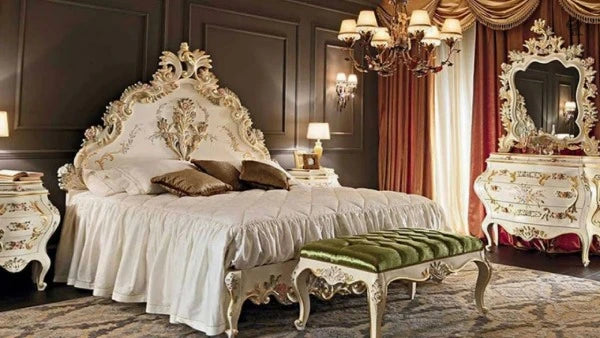
Elaborate decorations, gilded components, and dramatic lighting:
Baroque inside design is one other favourite, and for good motive. Recognized for its extravagance and ornamental types, it’s visually interesting and nonetheless evokes inside decorators and designers at the moment. It contains intricate carvings, gilded components, and adorned ceilings, partitions and furnishings. Massive chandeliers and candles have been added for dramatic lighting, making a considerably theatrical environment within the house. It’s a very dramatic, wealthy, and emotional fashion of design.
Symbolism and theatricality in non secular and royal areas:
This dramatic method additionally closely incorporates symbolism, reflecting the ability and authority of the church or monarchy over its folks and land. Its non secular and royal features manifest via its symbolism and theatricality, using non secular iconography, symbolic motifs and allegorical illustration. This explicit design period is extremely stunning in addition to highly effective in its message.

Lightness, asymmetry, and delicate ornamentation:
To lighten issues up a notch, rococo inside design moved away from the highly effective and heavy aesthetics of the Baroque interval and embraced a extra delicate method. This may be seen in its lightness, asymmetry, and delicate ornamentations. It embraced playfulness and kooky components with delicate moldings, ornamental patterns, and curved traces. The aim was to create a way of magnificence reasonably than a way of energy via its design.
Emphasis on magnificence and luxurious in salons and residences:
This emphasis on magnificence and luxurious is especially evident in salons and residences. The commonest components included lavish furnishings like upholstered chairs and sofas, in addition to ornamental screens. The usage of mushy pastel colours and complex particulars changed exhausting colours and shapes, enhancing the house with the swish and opulent environment that the rococo inside design fashion is thought for.
4. Neoclassical and Victorian Inside Design Types (late 18th century – early Twentieth century)
-
Neoclassical inside design
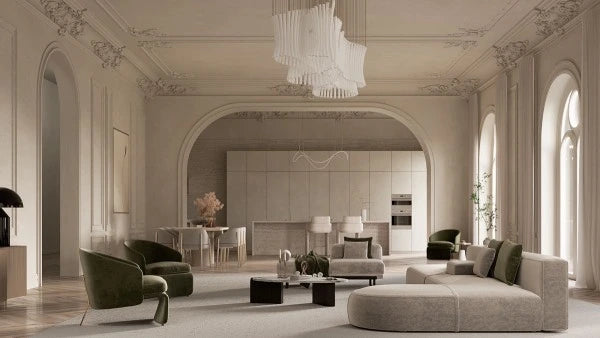
Revival of classical structure and design rules:
Neoclassical inside design refers back to the revival of classical structure and design rules from historical Greece and Rome. Should you evaluate photos of the design fashion, it may very well be seen as a modernized renaissance of kinds. Whereas the Renaissance design fashion was from the 1400s to 1600s, representing a “rebirth” of classicism, Neoclassicism emerged as a contemporary affect of Renaissance structure that dominated a lot of the 1800s.
Neoclassical inside design focuses on simplicity with clear traces and a outstanding sense of stability in its inside house. Columns, pediments, and arches have been widespread classical components utilized to create a way of timeless magnificence. Its ornamental fashion, mixed with simplicity, creates a lightweight and chic really feel.
Simplicity, symmetry, and restrained ornamentation:
That is due partially to its traits of symmetry, restrained ornamentation, and, as talked about earlier than, simplicity. It’s a much less widespread idea in comparison with earlier design eras. Rooms have been typically designed with harmonious layouts and a way of order. This implies minimal and refined ornamentation, with a deal with delicate moldings, rosettes and classical motifs, together with a lightweight and impartial colour palette. These components contribute to an total sophistication within the house.
-
Victorian inside design:

Eclectic mixture of types and ornamentation:
Encompassing varied influences, together with Gothic Revival, Rococo Revival, and Orientalism, Victorian inside design veers away from Neoclassical designs and embraces an eclectic mixture of types and ornamentation. This wealthy fashion incorporates options akin to patterns, textures, and colours, blended collectively to create a lavish and opulent vibe within the house. It permits for a better stage of creativity to be explored.
Incorporation of wealthy colours, patterns, and elaborate furnishings:
- That is significantly evident in its daring colours, advanced patterns, and elaborate furnishings. People may mess around with:
- Forest greens, royal blues, burgundies, and deep orange colours.
- Damask, paisley and floral patterns that may very well be printed on upholstery, curtains, and wallpapers.
- Closely carved furnishings with fringes, tassels, and tufting particulars.
- Lighting fixtures and candles in entryways and, after all, eating, dwelling, and sitting rooms, typically utilizing lampshades manufactured from glass, chandeliers or wall sconces.
- Cloth draping over home windows, normally manufactured from silk or wool.
- The outstanding show of equipment or decorations on virtually each floor.
So long as blended textures, wealthy colours and daring patterns have been utilized, you have been properly inside the partitions of such a various but inventive period of inside design.
5. Trendy and Up to date Inside Design Types (Twentieth century – current)
-
Artwork Nouveau and Artwork Deco inside design
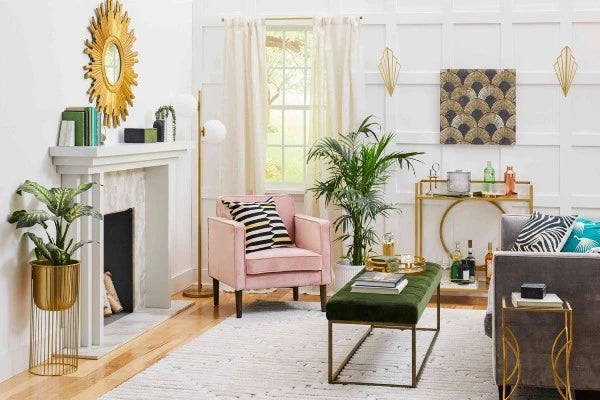
Natural types and ornamental motifs in Artwork Nouveau
Artwork Nouveau and Artwork Deco turned extra to nature and are characterised by their use of natural and flowing types. This period determined to embrace curved traces, floral patterns and themes akin to vegetation, vines, and even bugs, offering a softer method to its designs but nonetheless encompassing robust and daring structure, particularly in its craftsmanship. Furnishings and ornamental objects have been to function not solely the intricacies of expertise but in addition an emphasis on it, offering a flowing but creative method to the period.
Geometric shapes and glossy supplies in Artwork Deco
This fashion undoubtedly embraces geometric shapes, glossy traces, and splendid supplies, however with a daring and glamorous aesthetic twist. Straight traces with geometric patterns and stepped types have been quite common in furnishings in addition to in its architectural particulars. This beautiful furnishings fashion is commonly created from unique woods and polished to keep up its pure type. Nevertheless, mirrored surfaces have been used to create a way of wealth and grandeur within the house. General, it was a singular period of design that created a way of peace and luxury in its type.
-
Mid-century fashionable inside design
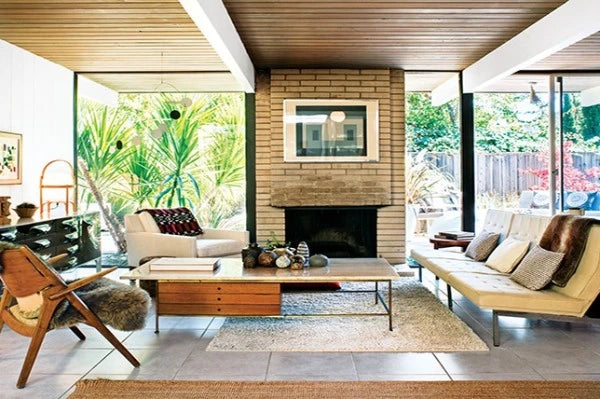
Clear traces, simplicity, and useful design
Mid-century fashionable inside design additionally adopted the rules of openness and a reference to nature. Rising within the mid-Twentieth century, it’s identified for its clear traces, simplicity, and useful design. Furnishings typically options natural shapes, minimal ornament, and slim-legged types. Pure supplies like wooden and leather-based have been closely utilized. With a mixture of vibrant colours, muted tones, and graphic shapes, they may create a visually interesting house that blended indoor and out of doors concepts.
Integration of pure components and modern supplies
This fashion significantly emphasizes the usage of pure components akin to massive home windows and open ground plans, permitting for an open and breathable room full of house and light-weight. The combination of colour tones additional enhances the house. The mixing of modern supplies like fiberglass and molded plastic permits for intricate but pure designs and placements. It additional encompasses the idea of mixing indoor and out of doors components.
6. Postmodern and Minimalist Inside Design Types (late Twentieth century – current)
-
Postmodern inside design
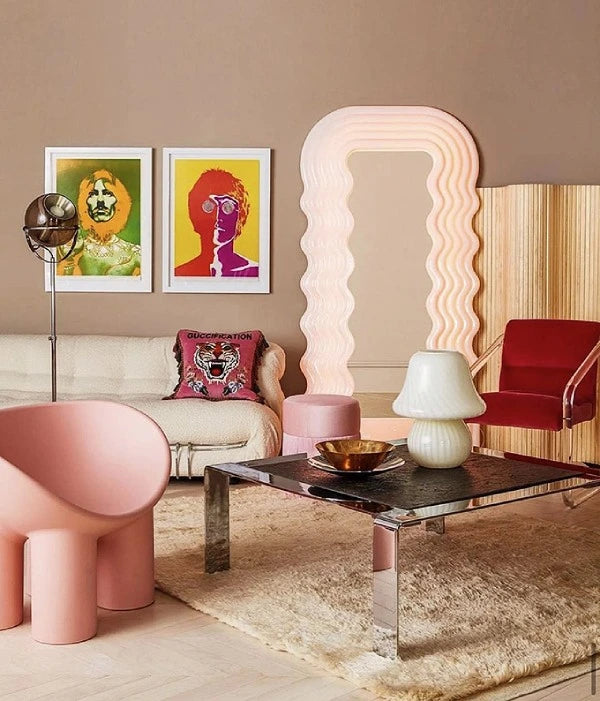
Playful, eclectic, and unconventional method
Postmodern design is the enjoyable fashion you most likely would have loved most as a child. Not due to the immaturity of the design, however the playfulness of colours and shapes that passed off on this period. The eclectic and unconventional method strikes even additional away from earlier designs and embraces components of irony, humor, and imitation. It generally mixes types, patterns, and supplies to create visually hanging and extremely distinctive areas that you may see in photos and even in areas at the moment.
Emphasis on irony, pastiche, and deconstruction
As for the unusual design rules of irony, pastiche, and deconstruction, it isn’t unusual to think about that this design fashion was a response to modernism and the trendy motion. It brings again playfulness to the house reasonably than any elitist or unique tendencies of the time. Architectural design components have been reinterpreted or distorted, and the mix of colours, patterns, and supplies elevated the whimsical nature of the Twentieth century.
-
Minimalist inside design
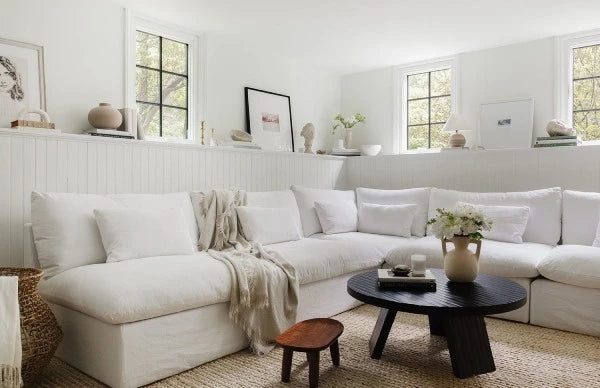
Stripped-down aesthetics and deal with performance
Final however not least, we’re stripping again every little thing to land on minimalism, the newest design fashion development to take over. Whereas it is the exact opposite of postmodern design, it is a favourite attributable to its extremely simplistic method. Minimalism embraces a stripped-down aesthetic and focuses solely on performance. It does not take away from the fantastic thing about the design with open ground plans, ample mild, and a good looking, mushy, however restricted colour palette. It makes use of an uncluttered, clear house with a way of group and order.
Discount of litter and emphasis on open areas
Whereas it might be a bizarre idea for some, it is an awesome one for others. The simplicity of the design helps with litter and disorganization within the residence. Furnishings and decor are stored to the naked minimal and stick with impartial tones akin to white, grays, and beiges (mostly used). This gives a way of stability within the thoughts and tranquility within the setting.
From historical inside design types to postmodern and minimalist designs and every little thing in between, inside design has taken a monumental variety of twists and turns in its time. Nevertheless, the best facet of those designs is we frequently get to witness them at the moment in worldly locations or incorporate items and concepts into our properties.
Then, someday, we get to observe as a brand new evolution and diversification of types approaches us. However why is it vital to know design historical past? Whereas the previous presents us perception and inspiration, figuring out design historical past permits us to provide context to our visible tradition. We are able to then use what we all know from the previous to know the current and doubtlessly anticipate what we’ve coming sooner or later! Should you don’t wish to miss one thing please subscribe to Reibii.



